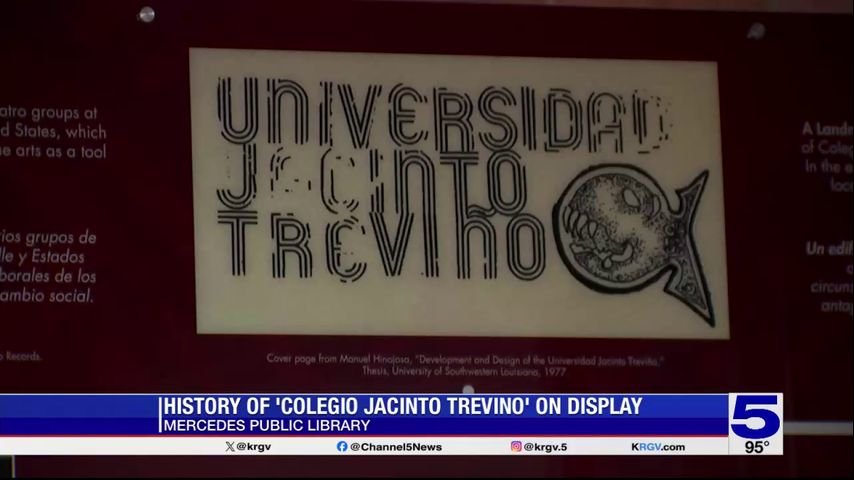Honoring the Legacy of Colegio Jacinto Treviño: The First Mexican-American College in the Rio Grande Valley
Introduction
The Mercedes Public Library has launched a significant new exhibit that pays tribute to the groundbreaking Colegio Jacinto Treviño, widely recognized as the first Mexican-American college in the Rio Grande Valley. This permanent exhibit sheds light on the college’s profound impact on education and community empowerment in the region.
A Brief History of Colegio Jacinto Treviño
Founded in the late 1960s in Mercedes, Texas, Colegio Jacinto Treviño emerged as a vital beacon of hope for the local Mexican-American community. Families in the area sought to create an educational environment that reflected their cultural identity and needs. The establishment of the college was a direct response to the discrimination that many Mexican-American families faced in public schools, where their children were often punished for speaking Spanish.
The Founding Vision
The college was born out of necessity. Families in the area voiced their frustrations over the lack of a curriculum that represented their heritage and the absence of Mexican-American educators. Lupe Cásares, a notable attendee of the college, provides a poignant reminder of the struggles these families faced. “My family struggled as farmworkers,” Cásares recounted, “and we were victims of discrimination and racism in the public school settings in those days.”
The drive to establish Colegio Jacinto Treviño was fueled by a collective determination to create a nurturing educational framework that included a Mexican-American curriculum.
Overcoming Challenges
The college’s formative years were marked by challenges—most notably, the systemic discrimination faced by students. Many children were segregated due to language barriers, and there was a stark absence of educational resources geared toward the Mexican-American student body.
The Impact of Discrimination
Reports of children being disciplined for speaking Spanish highlighted the urgent need for a college that offered not just an inclusive curriculum but also a refuge from discrimination. The college was more than an educational institution; it represented a community’s aspirations and resilience.
Transition and Closure
After a successful start, the college eventually moved operations to San Juan, Texas. Despite the initial success and the crucial role it played in the community, Colegio Jacinto Treviño faced its own series of struggles and ultimately closed its doors in the 1970s. However, its legacy lives on, influencing future generations.
The Exhibit at Mercedes Public Library
The exhibit at the Mercedes Public Library serves to educate visitors on this vital part of local history. Curated by a doctoral student from Donna, Texas, the exhibit features artifacts, photographs, and narratives that chronicle the journey of Colegio Jacinto Treviño. It aims to instill pride in the community and ensure that the sacrifices and successes of those who fought for educational equity are not forgotten.
Conclusion: A Legacy of Education and Empowerment
The Colegio Jacinto Treviño stands as a testament to the resilience and determination of the Mexican-American community in the Rio Grande Valley. The new exhibit at the Mercedes Public Library honors this legacy and encourages ongoing discussions about the importance of inclusive education.
Through initiatives like this, we can continue to advance the dialogue around cultural representation, educational equity, and community empowerment.
For more information on educational history and resources, you can visit organizations like the National Association for Bilingual Education and the American Educational Research Association to explore further.


